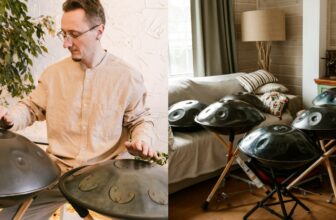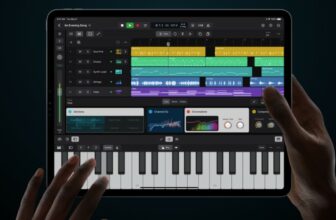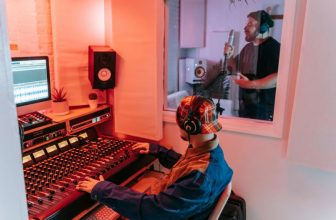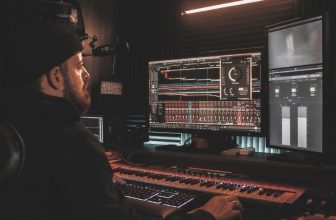How Auto-tune Changed Music
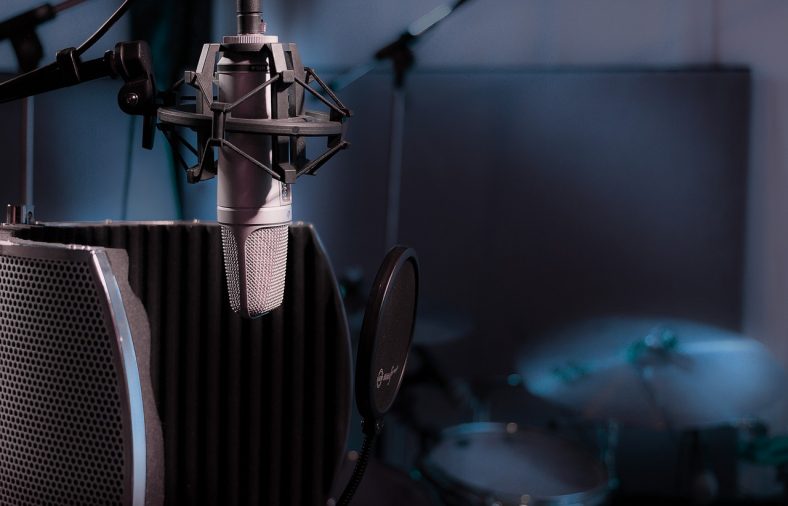
Auto-tune is a pitch correction effect that modifies and corrects off-pitch notes as well as provides a robotic sound to the vocals. It is one of the most used effects in pop music today.
Just a couple of decades ago, singers needed to sing in tune: there was no way of adjusting the pitch in post-production. Singers either had to re-record an imperfect note or accept the imperfection as part of the recording.
In 1997, Antares Audio Technologies released a revolutionary audio processor that could identify and alter pitches in both instrumental and vocal recordings. That’s how the famous Auto-Tune first saw the light of day.
Throughout the early 2000s and up until now, the use of Auto-Tune spread across different genres and styles, shifting from a simple corrective tool to a proper effect employed for expressive purposes.
- The first time Auto-tune gained popularity was for Cher’s “Believe”, back in 1998, just one year after its official release.
- Auto-tune is mainly used in post-production to correct the pitch and avoid re-recordings like back in the day.
- Deliberate use can be seen in genres like trap, rap, and hip-hop, similar to the way talk boxes were used way back. It’s also used for live performances directly.
- Melodyne came out as a direct competitor to Auto-tune and both plugins work brilliantly. The only difference is that Auto-tune is easier to use and can be used for live performances, while Melodyne is strictly for post-production.
- The biggest benefit of Auto-tune is that artists can now record much faster in the studio, without the need to re-record takes, but just pitch correct any mistakes.
- The fact of the matter is – people love it or hate it. While it does save time in the studio, some continue to dislike it as it takes away from the actual talent.
Contents
The First Time Auto-Tune Was Used
As mentioned before, Antares Audio Technologies launched Auto-Tune in 1997. Just one year later, producers Mark Taylor and Brian Rawling pioneered its use to obtain an expressive vocal distortion in the single Believe, sung by the legendary pop star Cher.
While vocoders and talk boxes were already in use to modify the timbre of the human voice, the effect obtained with Auto-Tune was completely unheard of. That robotic, somewhat creepy sound would later become a huge trend in contemporary pop music.
How did Mark Taylor obtain such a result? He put the Auto-Tune speed settings to zero, creating a frame way faster than needed for simple corrective purposes. The zero-speed setting to get a distorted, robotic voice is still called the “Cher effect” in official manuals.
How is Auto-Tune Used?
Auto-Tune comes as a plugin for digital audio workstations or as a hardware unit for live performances.
While the live option is mostly confined to trap performances, it is almost impossible to hear a contemporary record, in any genre, Auto-Tune-free.
Of course, some purists might avoid having their vocals adjusted by a piece of software. On the other hand, the expected standard of today’s recordings requires perfection at any level: that’s where even the most traditional musician might indulge in a little retouching.
If its corrective use is now largely accepted, its deliberate use to alter the human voice is often criticized.
This latter use has been very popular among rap, trap, and hip-hop artists since the late 2000s. It helps to achieve almost a dehumanized effect, where the artist’s voice is perfectly integrated into the electronic, artificial beats.
After all, this kind of effect is not new to the world of rap and hip-hop, as talk boxes have always been very popular in these genres.
Kanye West, Snoop Dogg, and Lil Wayne are just some of the most popular hip-hop artists to use Auto-Tune as an expressive choice, almost to replicate the effects of talk boxes and take them to the next level. They contributed to the huge popularity of this use of Auto-Tune, which soon crossed the boundary of rap to overflow into mainstream pop.
What’s the Impact of Auto-Tune on Contemporary Music?
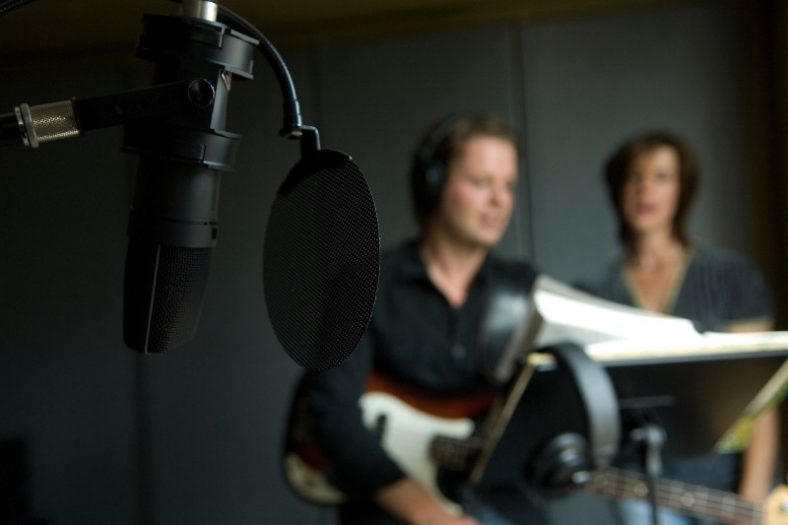
Detractors of Auto-Tune state that, through the use of this tool, we are losing the concept of real talent. After all, if anyone can sing anything just by correcting pitches in the post-production process, it does not even make sense to keep using the word “musician” or “singer”.
Some people believe that singers using Auto-Tune for corrective purposes don’t play fair. For example, Simon Cowell, an X Factor judge, banned the use of the tool during the competition, believing he had to discover a singer’s real ability to hit notes to find the next big star.
Some other authoritative names in the music industry criticized its ubiquitous use, from legendary producer Rick Rubin to the great jazz singer Michael Bublé.
If we listen to singers like Janis Joplin or Bob Dylan, we might be able to appreciate what the point of Auto-Tune detractors is: perfection can be boring, while imperfection can sometimes create an expressive piece of art.
On the other hand, singers using Auto-Tune as an artistic tool, to deliberately modify the timbre of their voice and express a peculiar mood, have sometimes encountered the favor of the critics and the public.
T-Pain, for example, repeatedly expressed his attempt at giving the listener almost the illusion of listening to an instrument rather than a human voice. Auto-Tune can also be used to express a detachment from feelings or the harshness of life.
Auto-Tune vs. Melodyne
The incredible success of Auto-Tune led to the creation of another similar audio processor, Melodyne, invented by the German software company Celemony in 2000.
Both plugins work brilliantly, as, through the last twenty years, their algorithms were tweaked almost to perfection.
Melodyne is incredibly useful to correct pitches, but only in the post-production process. Auto-Tune, on the other hand, is capable of adjusting pitches in real-time. For this reason, Melodyne cannot be used during live performances, while Auto-Tune can.
What Auto-Tune can’t do (yet) is tuning polyphonic instruments separately, which Melodyne does. Auto-Tune is often considered to be easier and quicker to use, while Melodyne requires quite a lot of work in the editing phase.
Melodyne’s interface and workflow can allow for some very interesting and artistic adjustments to vocals and other instrument sounds.
How does Auto-Tune benefit the industry?
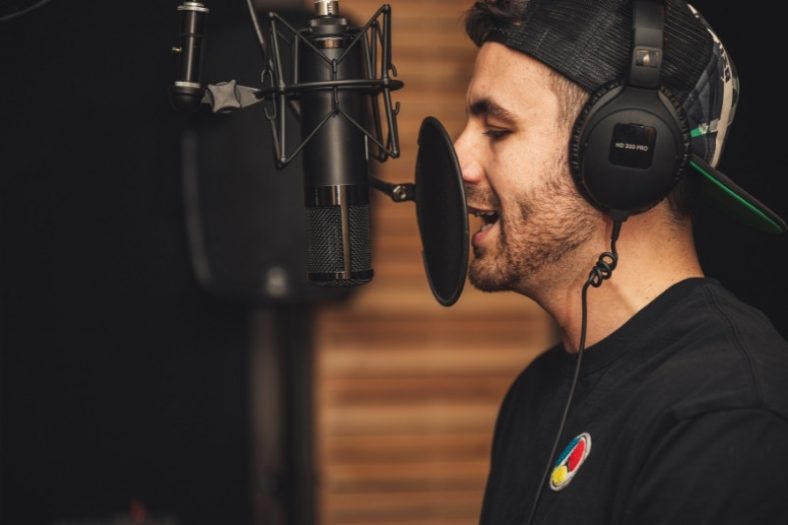
Auto-Tune benefits the industry when it comes to time spent in the studio from the artist’s part as well as the whole process of music production.
Pitch correction is a well-known topic in music production today and no one can argue its benefits. The way Auto-Tune helps is it allows for human error (which is natural when singing) to be turned around and still made to work, instead of staying in the studio all day.
Famous singers can do two or three takes and let the music producer take care of the rest if there are minor pitch corrections to be made or covered with Auto-Tune. This also saves studio time overall as the producer will have an easier time as well, instead of sitting in the studio all day.
This is the modern approach these days and very few can argue against this. Without getting the perfect pitch, Auto-Tune can help out and take it that extra mile.
People’s perspective
This is truly a battle for quite some time now, with people who argue, those who are with, and those against Autotune Music. The fact of the matter is – you either love it or hate it!
Those who dislike it have a good reason to. They primarily dislike Auto-Tune because it takes away the talent of the artist and simply masks it. With today’s artists not having to work hard enough and still be on top, they earn a ‘not worthy’ status.
Those who like it also have a good reason. They like Auto-Tune simply because they don’t mind what goes on in the background as long as the final product sounds good. This is still a valid point, if the song is catchy and most people like it then why does it matter if there is Auto-Tune or not?
Conclusion
In conclusion, you might have your own opinion about Auto-Tune or Melodyne. You may think that singers shouldn’t use these tools to correct their vocals, or, on the other hand, you may admit having used them for your work.
There is no right or wrong answer. We should recognize that technological improvements are always good news for music creators as they can expand the realm of possibilities during the creative phase. The fact of the matter is that people will always be on both sides of this subject.
Antares Vocal Processor AVP-1 Image by: Georges Seguin (Okki), CC BY-SA 3.0, via Wikimedia Commons

